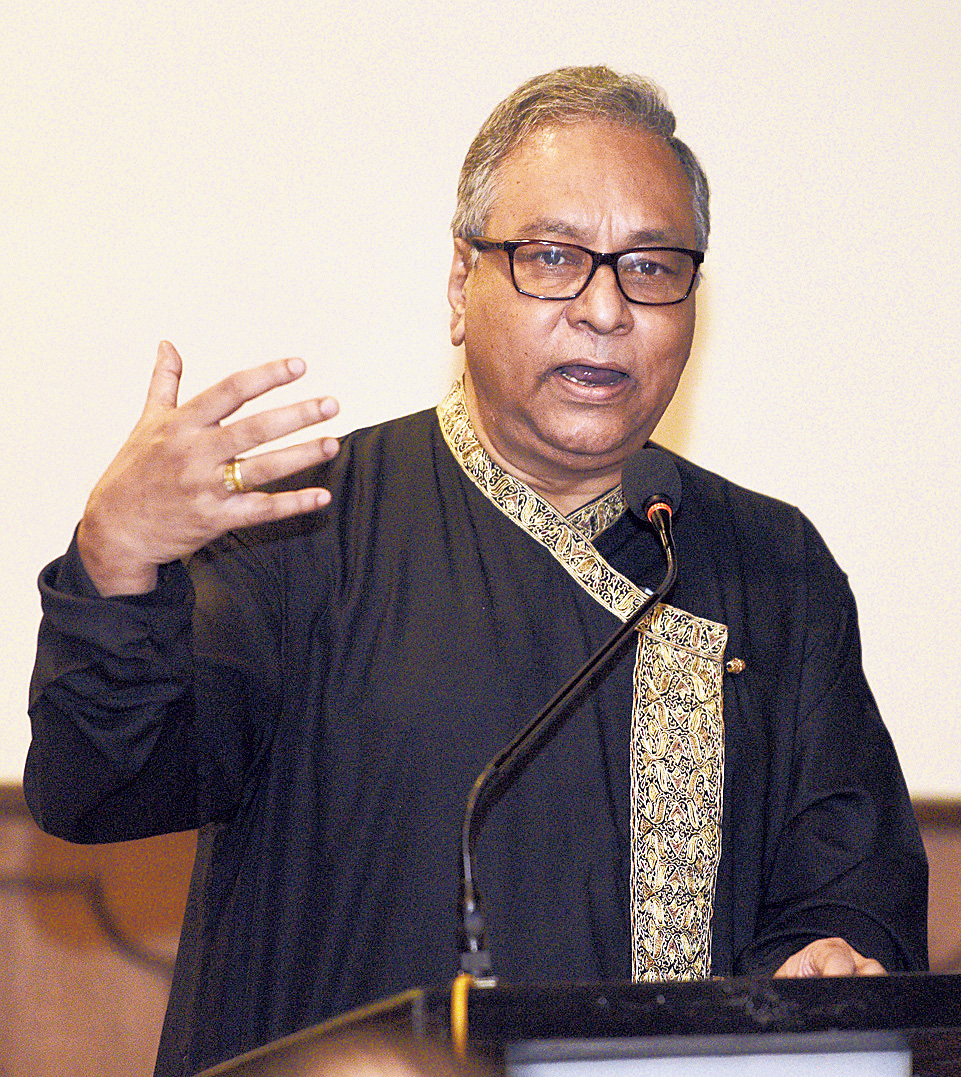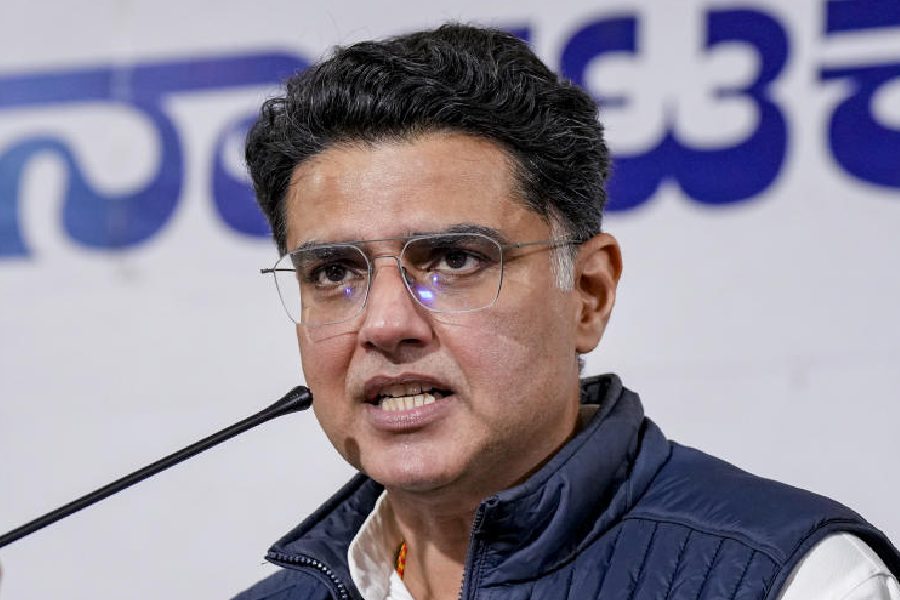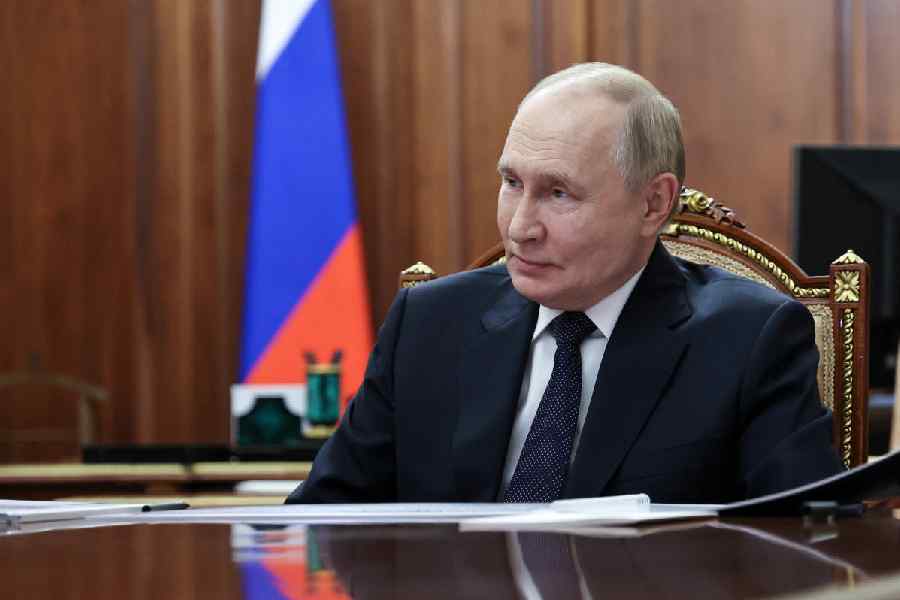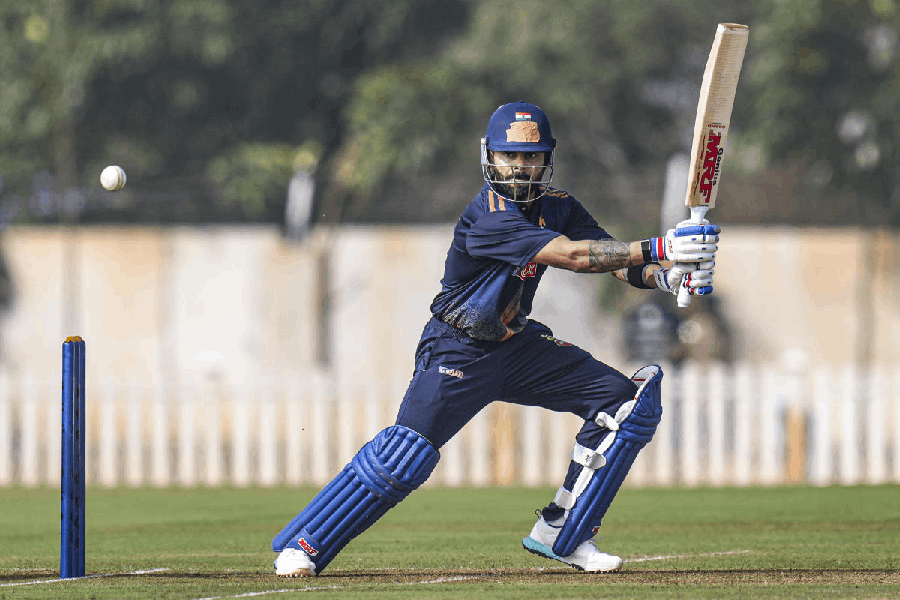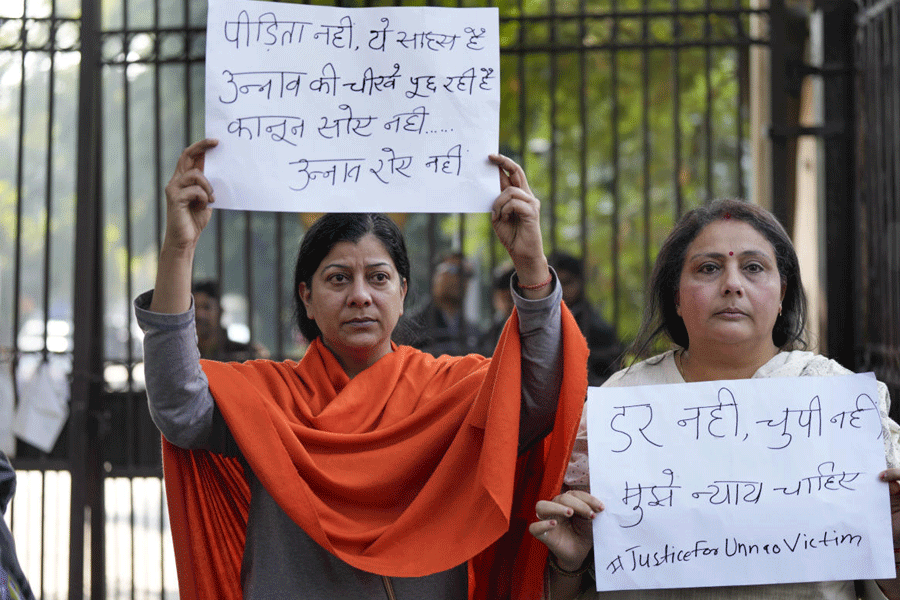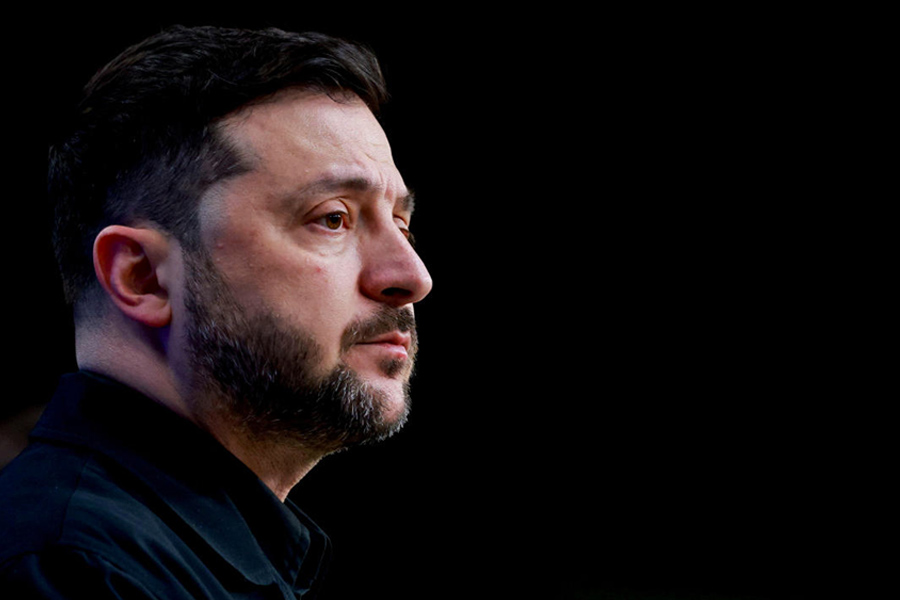Bengali culture, for Bengalis, is a non-negotiable instrument, seen through a prism of supremacy. This was put under the scanner recently at
The Bengal Club Library Talk, held in association with The Telegraph.
“How Bengali is Bengali culture?” asked Jawhar Sircar, the speaker, and sought to seek the answer by looking at the vintage of the common markers of culture — language and literature, music, food, dress, dance and art — and see how much was “taken, borrowed, imbibed, stolen” from elsewhere.
The former secretary of culture recalled being on a government committee to draw up a list of the country’s classical languages. “The benchmark was set at 1,000 years-plus and Malayalam was the last to make it. Bengali was found to be the youngest,” said Sircar.
The first instance of Bengali the committee came across was the work of Chandidas in the 15th century. “It was a kind of proto-Bengali. Krittivas’s Ramayana in the 16th century was definitely Bengali,” Sircar said.
In the 19th century, the Brahmanical elite started bringing in Sanskrit equivalents of simple words into Bengali.
This was a critical period when universities were being set up and English education was being standardised. Others were still caught in orthodoxy while Bengal broke barriers, experimenting with every genre of literature.
There is nothing remarkable in the way Bengalis dressed — “a combination of dhoti and an import from Awadh, the kurta, though we call it by a name that suggests an influence further north - Punjabi though the thin variety we wear of the kurta called addi, is definitely from Awadh”. Aristocratic men wore the jobba, a Persian dress. Women’s dresses — blouse, petticoat, chemise — were all colonial products.
In music, Tagore has swamped other traditions. “But it is only in the 1940s and 50s that his music was democratised. Dakshinee was set up in 1947 and it became essential for every Bengali woman to sing. So our dominant tradition is 60-70 years old. We do not showcase the earthy traditions that existed from before.”
There is no classical dance gharana in Bengal. In classical music, there is only one, out of 250-odd — Bishnupur.
“The reason for this is the dearth of financial clout (in the form of princely estates) to patronise classical music. The famous tawaifs here depended on Gaya and Benaras for patronage.” Key dates in popularisation of classical music were 1937 and 1952 when Pathuriaghata and Dover Lane music conferences started. “So our love for classical music dates back 70 years just as the Bengal School of Art came up only during WWI.”
A significant figure in moulding Bengal’s culture was Nawab Wajid Ali Shah, who settled in Calcutta with his retinue of chefs, tailors, dancers and singers in 1838. “He, in turn, was a product of the culture of Lucknow.”
Sircar urged Bengalis to “get off the high horse” and accept their culture as equal to that of other regions and give credit to the outside influences that shaped it.

